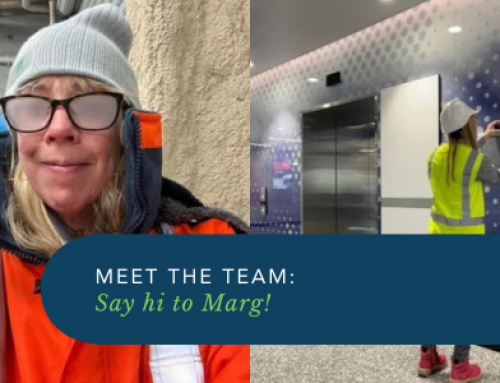Sometimes, no matter how skilled your team members are, you have to supplement your workforce with contractors.
This can be due to a steep rise in work, seasonal requirements, or the need for different skills than your existing staff possess,
While your team has the knowledge of your workplace, including the requirements of their roles and the possible risks and hazards that are present, contractors won’t know the specifics.
They also aren’t trained the same way or to the same standard.
Even if they are reputable and at the top of their field, there are risks that are inherent when hiring a contractor.
That’s not to say that you shouldn’t hire a contractor.
On the contrary – they can be fantastic for your workplace.
There are ways to reduce and mitigate the risks of engaging a contractor, such as these provisions below:
Put together a list of the necessary requirements in a contractor
A simple way to eliminate common risk factors is to have a strict set of criteria to refer to when looking at possible contenders.
This includes any qualifications, experience, insurances, etc. that the contractor must have.
Vet shortlisted candidates
You need to be thorough with vetting your potential contractors, to ensure the person you hire is right for the role.
This minimises a lot of the risks before they can have a detrimental impact.
Cross-check each candidate against the list of requirements you’ve written, and verify that all their relevant licensing, insurances, documentation, certificates, previous job experience, training, etc. are accurate and up to date.
Always contact references so that you get the full picture of the potential contractor.
If a contractor objects to any of their information being verified, that’s usually a good indication that they are not as reputable or skilled as they seem.
Have mandatory training and a site-specific induction in place
While every contractor should have plenty of knowledge and experience in WHS, every workplace and project differs.
From procedures to safety systems, it’s important to have all workers on the same page when it comes to WHS.
Develop an induction process for your team and any contractors; make it a requirement of entering the site.
This ensures that everyone on site knows what hazards and risks are present, and how to follow site-specific emergency management procedures.
Protect yourself and the contractor with a comprehensive contract
Contracts must be thorough and cover many aspects of the contractor’s role and responsibilities, as well as any liabilities.
A good contract will make it clear who is responsible when something goes wrong or needs correcting, as well as detailing what needs to be reported, who to report it to, and who is responsible financially for any damage that occurs.
Expected timelines and what disciplinary measures are in place if they aren’t met must also be clear.
Protecting yourself, your staff and your workplace when hiring a contractor isn’t as daunting as it may seem.
The steps outlined above are easy to implement and will mitigate large amounts of risk, keeping everyone safe on site.
Thorough preparation is key so that you hire the right contractor for the job and prepare them for managing emergencies in your workplace.
For any help with risk management regarding contractors, get in touch with us today.
GET IN TOUCH
Are you ready for peace of mind that your workforce is as safe and prepared as possible?
With a dedicated team of staff ready to help you meet compliance requirements and improve the overall safety of your workplace, all you need to do is get in touch.
Request your free audit today!



